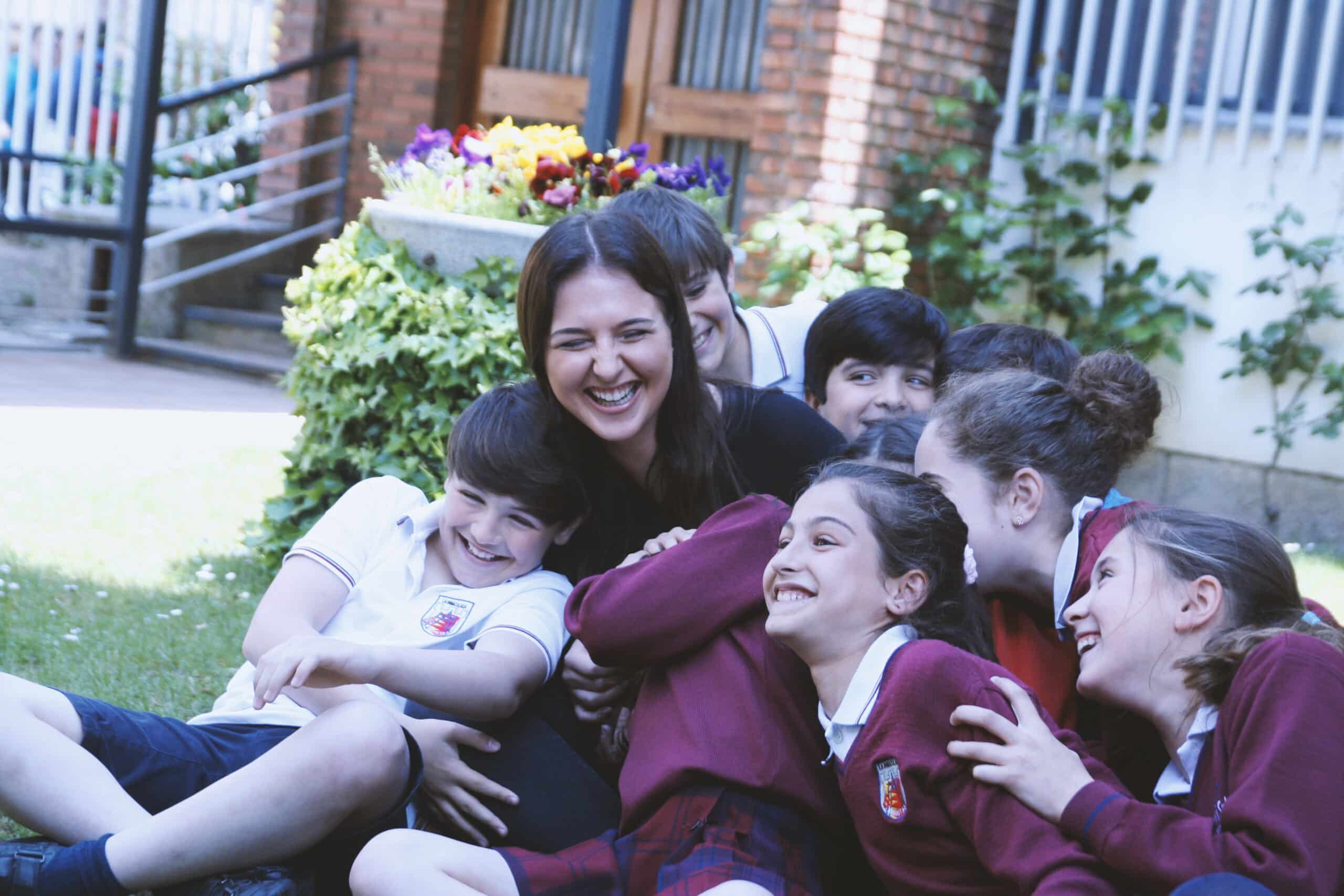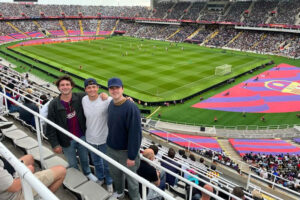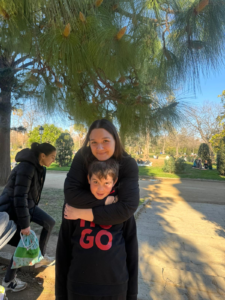Like many other sectors, education has been transformed by technology and the endless possibilities of an interconnected world. With it, personalized learning has become increasingly popular, as a teaching model that addresses the new learning objectives for students to be life and career-ready.
The pandemic, in a very challenging manner, has provided an opportunity for educators to consider a new approach, different from the “one size fits all” education model that has prevailed for many decades. Technology has opened up a space to guide students in an individualized journey of their education that is empowering and motivating for them.
Personalized learning looks different for every student, and this can be in itself, a challenge for educators. But, there are key elements to transition effectively towards this educational model without sacrificing the end goal and academic standards.

The Four Elements to Personalized Learning
Flexible content and tools, targeted instruction, data-driven decisions, and ownership are the four elements of a complete personalized learning model. However, educators shouldn’t try to pursue all four elements immediately. Instead, it’s a ramping-up process that can start from any of the focus areas [1]. Understanding what each of these elements looks like, and their objectives are essential to transition effectively.
- Flexible content and tools:[2] Content should be highly customizable to allow learning at different paces and in different ways. Content and tools should not replace the teacher but support students’ needs. The execution of this element can range from the use of technology tools that facilitate adaptative content to providing options for each student to learn the same content. Ex. while reading a short story, they can choose between just reading or reading along as they listen to a story [3].
- Targeted Instruction: Instruction must target the specific students’ needs and learning goals. Through data and student feedback, teachers can identify specific students’ needs. Instruction can be delivered in small groups, 1:1 sessions, or create learning environments where all individual needs can be met.
- Student Reflection and Ownership: Students’ ongoing reflection, results in ownership of their learning experience. They need to take part in setting their educational goals and evidence their success. Part of this reflection is developing relationships with students. Space where they can assess their learning process and receive knowledge and tools for them to track their progress.
- Data-driven decisions: Collecting data frequently allows for instructional decisions to be adjusted and adapted in real-time.
Small Changes Have an Impact
We touched on the importance of educators transitioning to personalized learning, one element at a time. In the same way, those changes should be implemented in stages. Here are a few ideas that can help educators turn their classroom into a personalized learning environment:
Build Personalized Playlists
A playlist is a series of resources and activities for students to complete, on their own, or along with their peers. This allows students to accomplish all the necessary learning in their way and at their own pace. It also frees space for the teacher to work 1:1 or with small groups, manage behavioral challenges and tackle academic blockers. This Playlist Building 101 is a great resource to start.
Give Flexible Sitting a Try
Creating rotating stations, or providing different seating arrangements for your students is a physical manifestation of targeted, fluid instruction. It has proven to decrease discipline issues, improve attendance and grades, and lead to better student focus.[4] Here are some ideas on flexible sitting at all levels.
Embrace Purposeful Technology
Technology surely facilitates personalized learning. But, as Kayla Delzer explained in her TedTalk: Reimaniging Classrooms: “using technology, just for the sake of using technology, is wasteful. If it doesn’t transform your classroom or your teaching or your learning, just skip it. If the same project can be done using pen or paper it’s not transforming your classroom.” Here are 7 ways to use technology with purpose.

A Student-Centered Future
Because of technology students now have access, from a very early age to infinite amounts of information at their fingertips. They are now at the forefront of their learning experience, and schooling needs to adapt and evolve to become student-centered.
Educators should bank on that access to knowledge, to guide their learners with the tools necessary to complete their learning successfully. And classrooms should be environments where students learn and apply their soft skills, which have become increasingly important both in higher education and the workplace.
Preparing students for an interconnected world is essential for their life and career success. And, personalized learning is a model that can help educators better prepare their students.
[1] EdSurge (2017) Framework: Ed Elements on the ‘Core Four’ Foundations of Personalized Learning
[2] The Core Four of Personalized Learning: The Elements You Need to Succeed
[3] ISTE (2019) Turn your classroom into a personalized learning environment
[4] Prodigy (2020) 7 Personalized Learning Strategies and Examples











